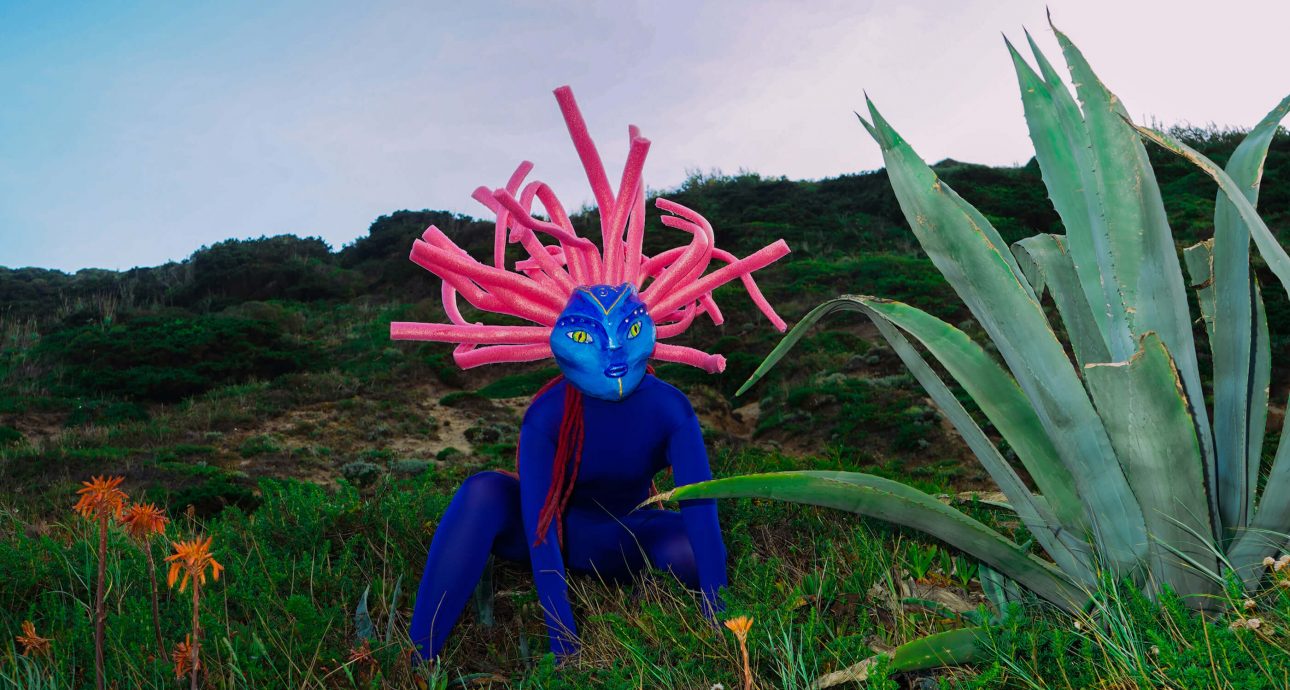
Stranger Things: Ukrainian Photo Camp in Portugal
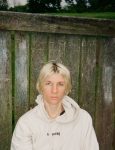
Ukrainian artist, living in Portugal.
— When I started my journey in photography, I had plenty of strange ideas but lacked like-minded individuals. I felt embarrassed because models didn’t want to collaborate since they didn’t know me, and I didn’t have any artist friends who shared the same desire to create. As I gained more recognition, I decided that I wanted to create a community of creative individuals.
I came up with HoolyCamp as a way for people to gather together, create, and continue doing so outside of the camp. I don’t teach people how to photograph; I simply bring them together and provide the opportunity to work alongside others who are just as creative as they are. It’s not necessary to have a camera; one can come as a model, assistant, decorator, art director, or anyone else. Some may find this similar to an artist residency. However, unlike such formats, we don’t have a strict selection process for participants or assignments to create photos on a specific theme. Additionally, we only showcase the final works within the camp itself, not in a gallery or elsewhere.
I don’t teach people how to photograph—I simply bring them together and provide an opportunity to work in a team with individuals who are equally creative as themselves.
At the camp, I act as a curator, motivating participants and assisting them during the shoot and final photo selection if needed, but I don’t tell them what to do. At the first camp, I divided people into groups and gave them a small task to create eccentric costumes using whatever was at hand. The only condition was to interact with each other and use available materials.
Fifteen people attended the first HoolyCamp in November 2020. I was very concerned about organizing everything, as I had never done anything like it before. I arranged with the “Khvyla” sanatorium in
bedroom district in Kyiv
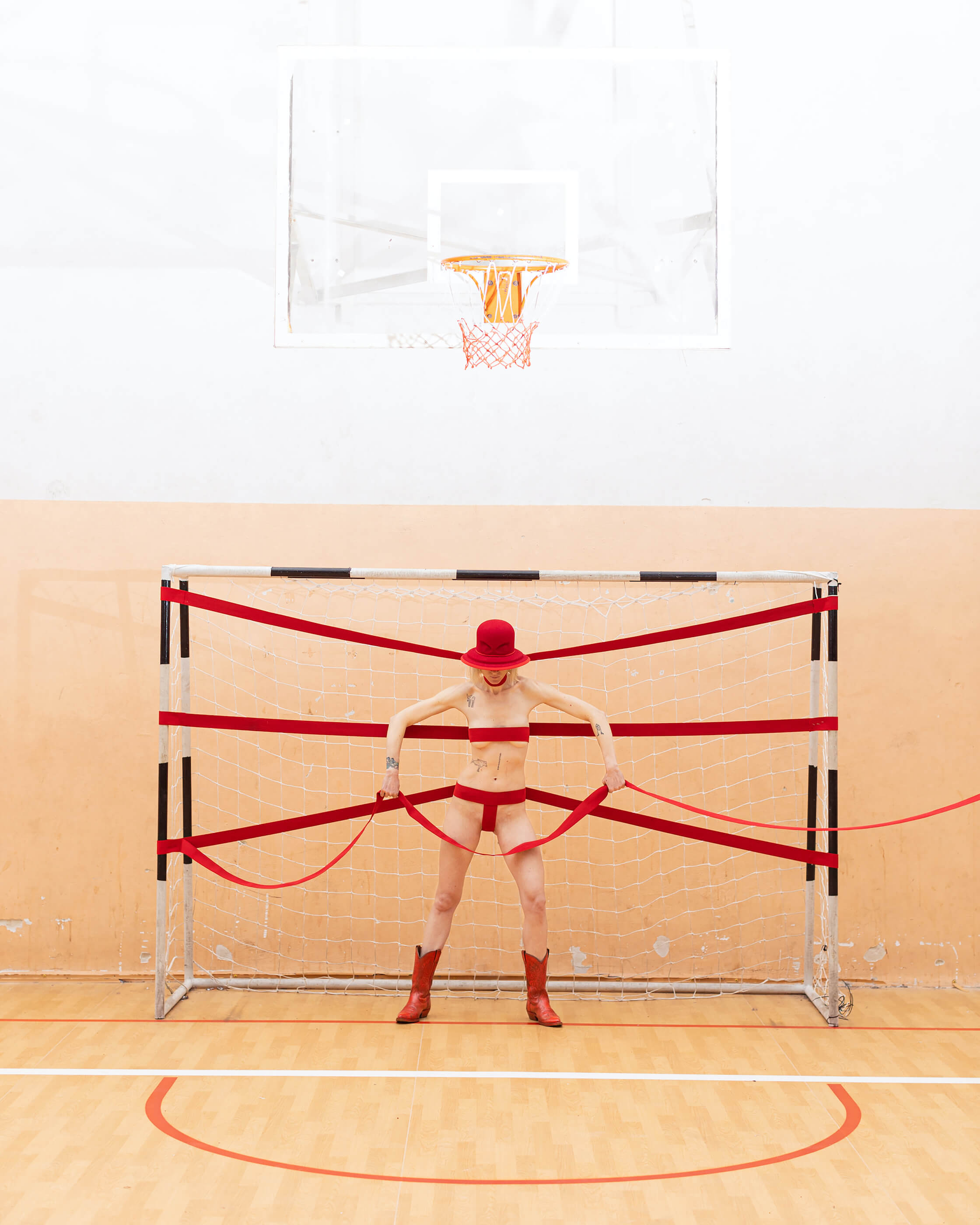
Photo: Tanya Spasi Sohrani
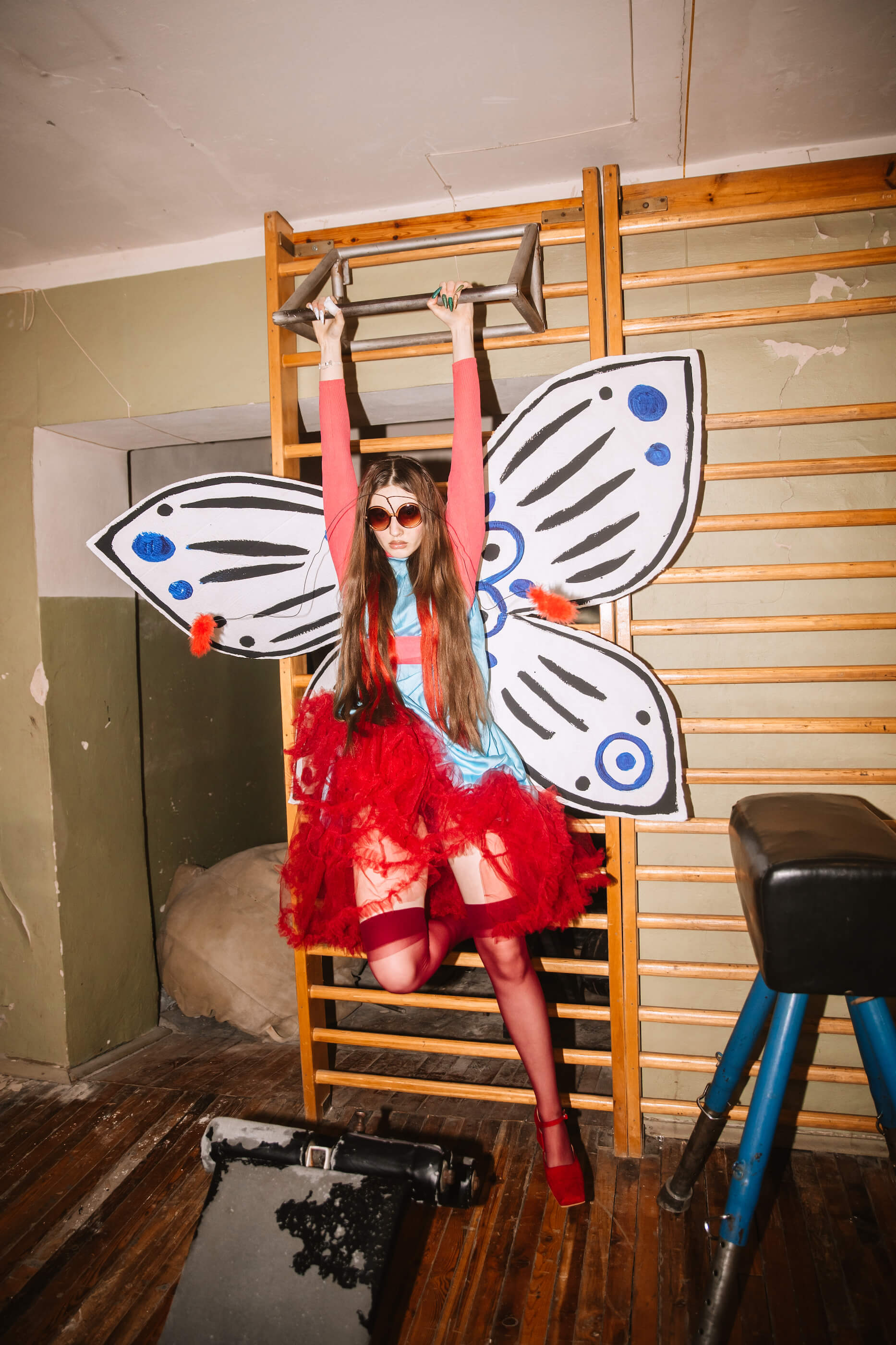
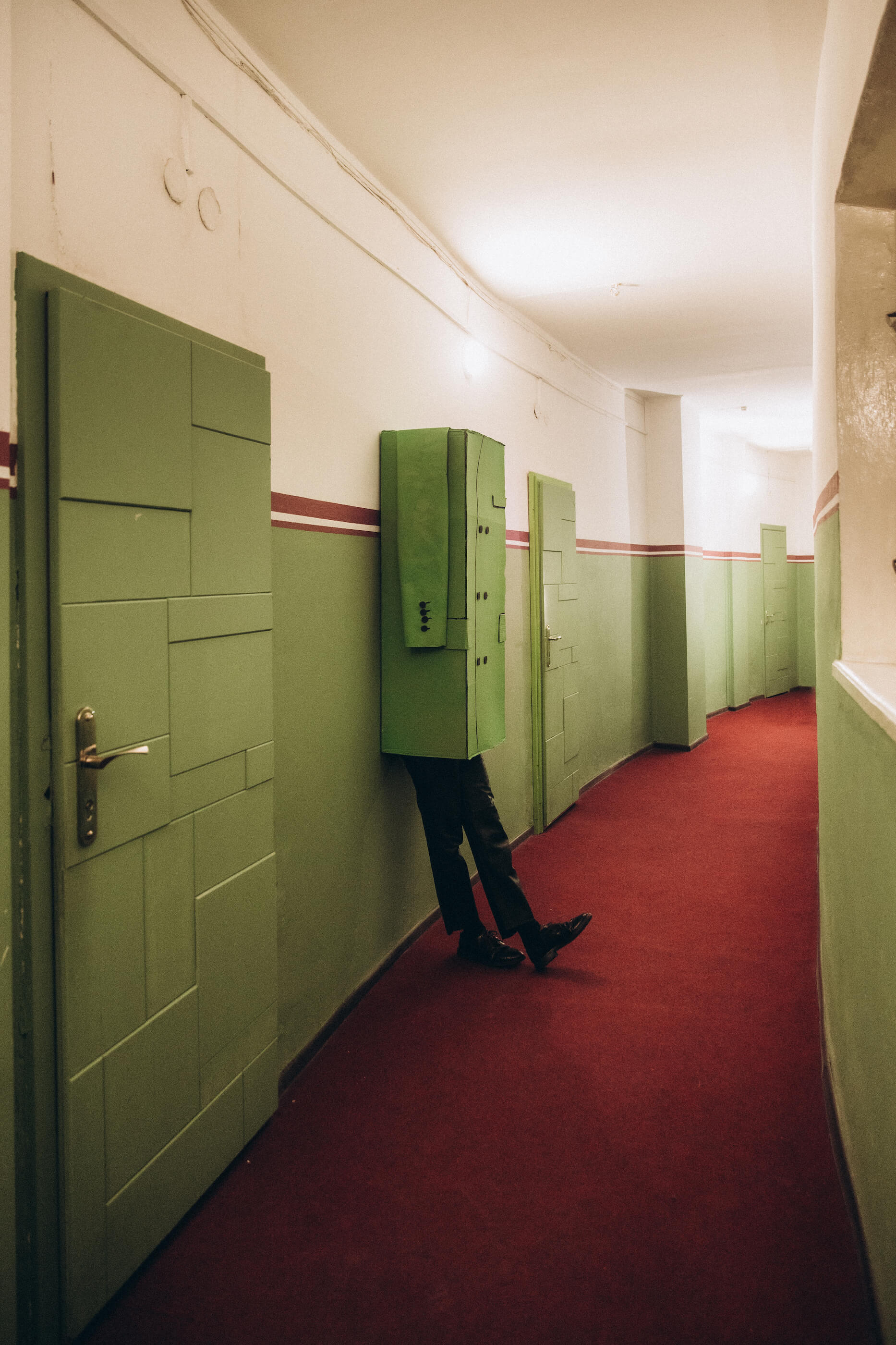
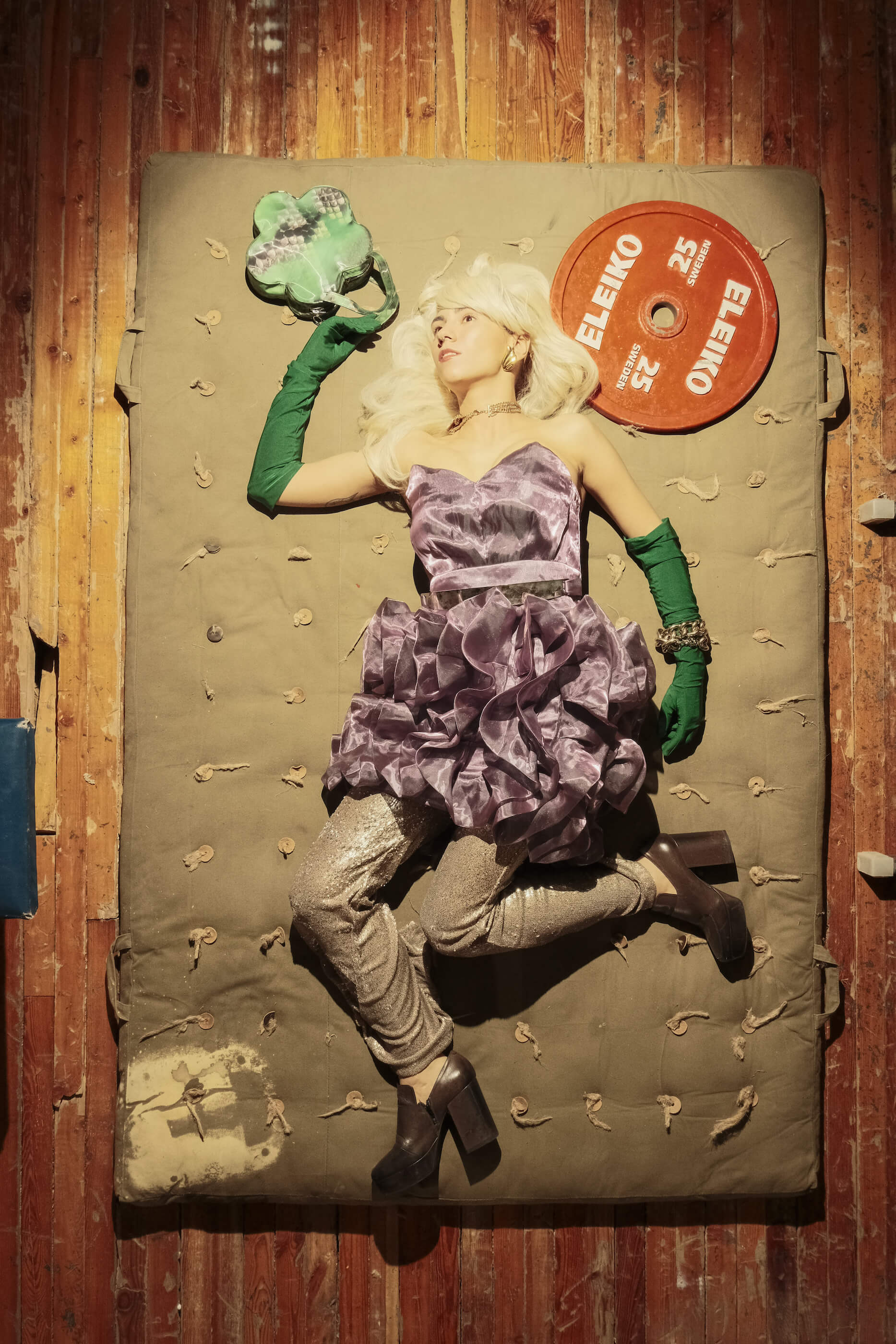
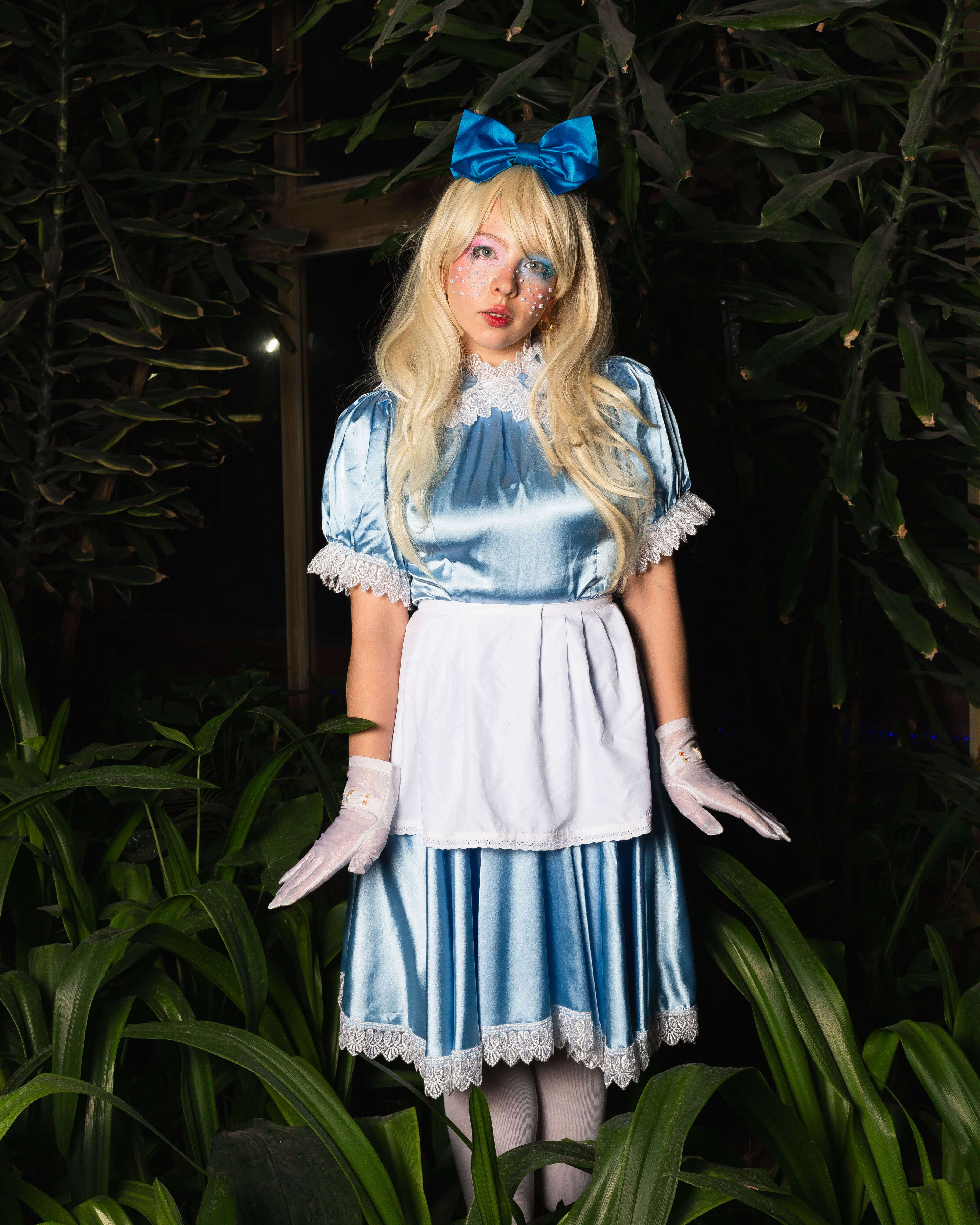
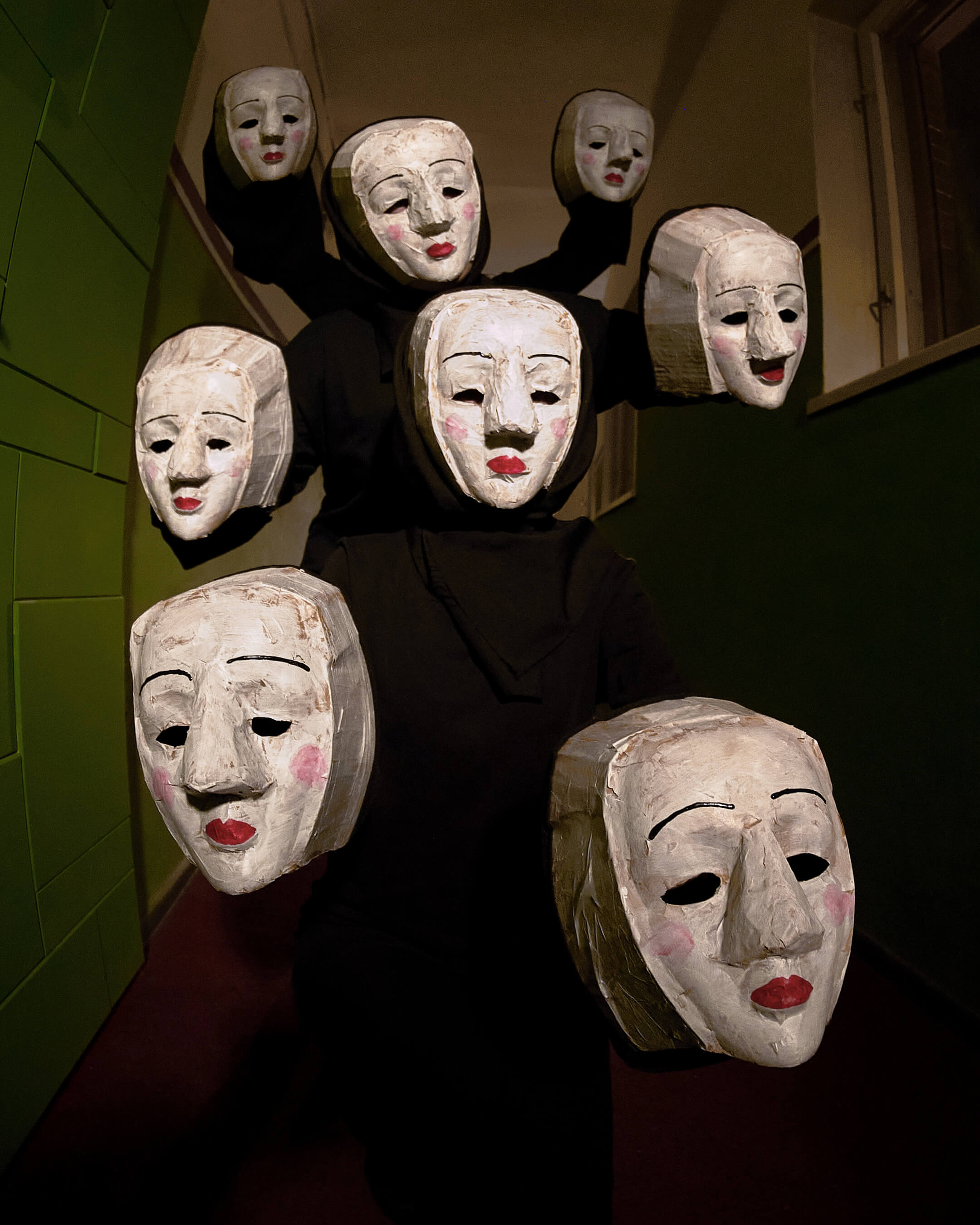
Photo: Tanya Spasi Sohrani
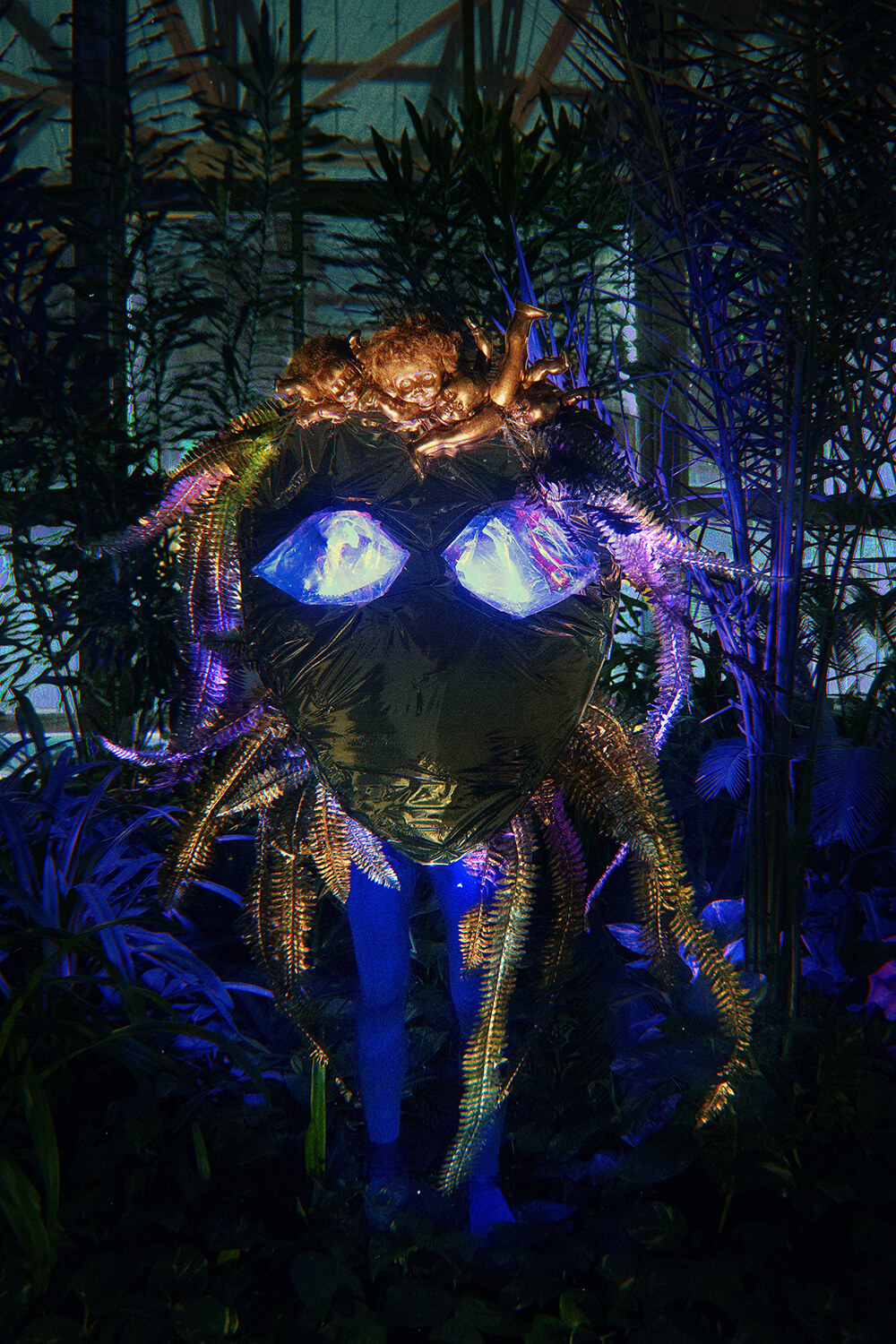
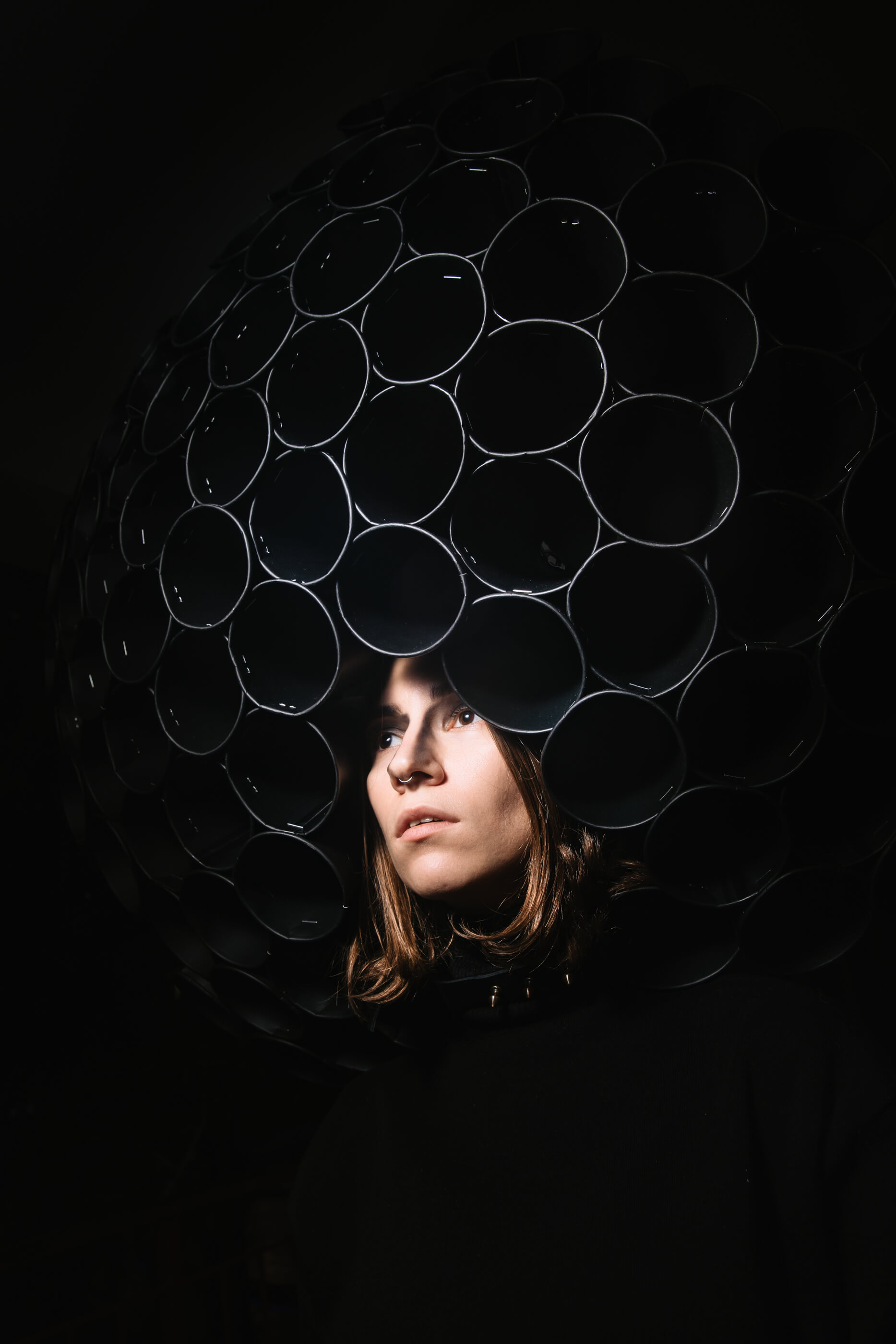
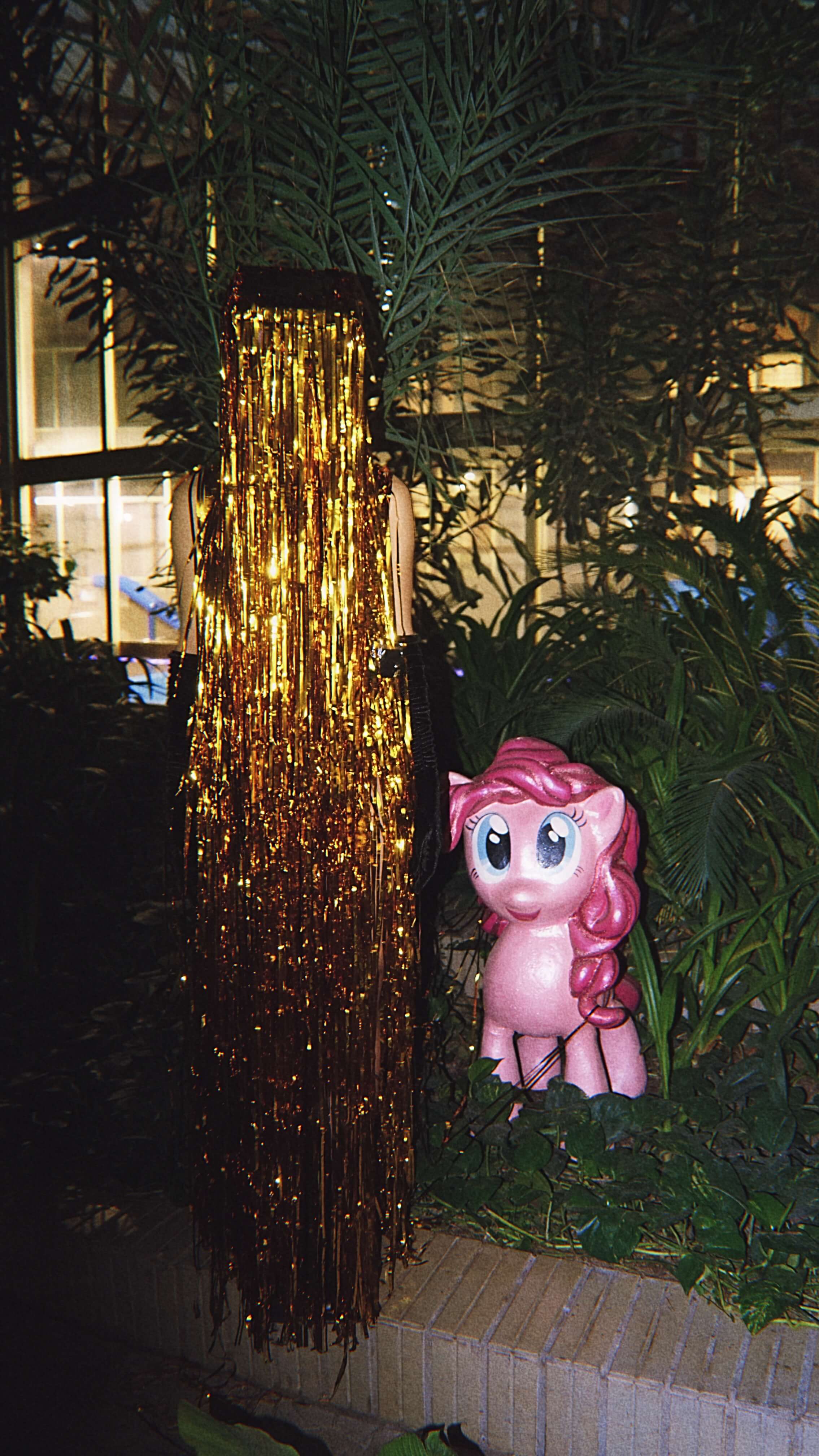

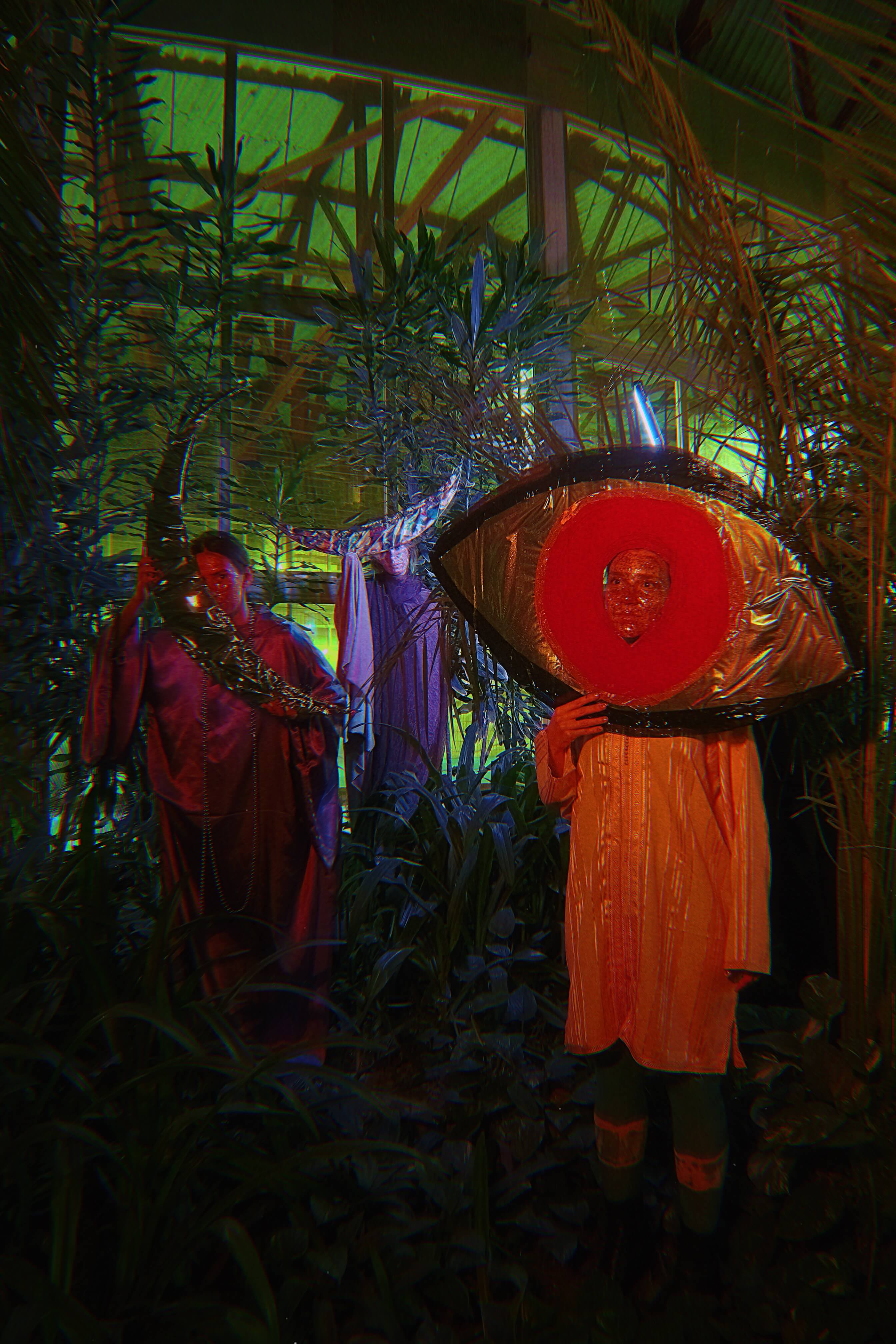
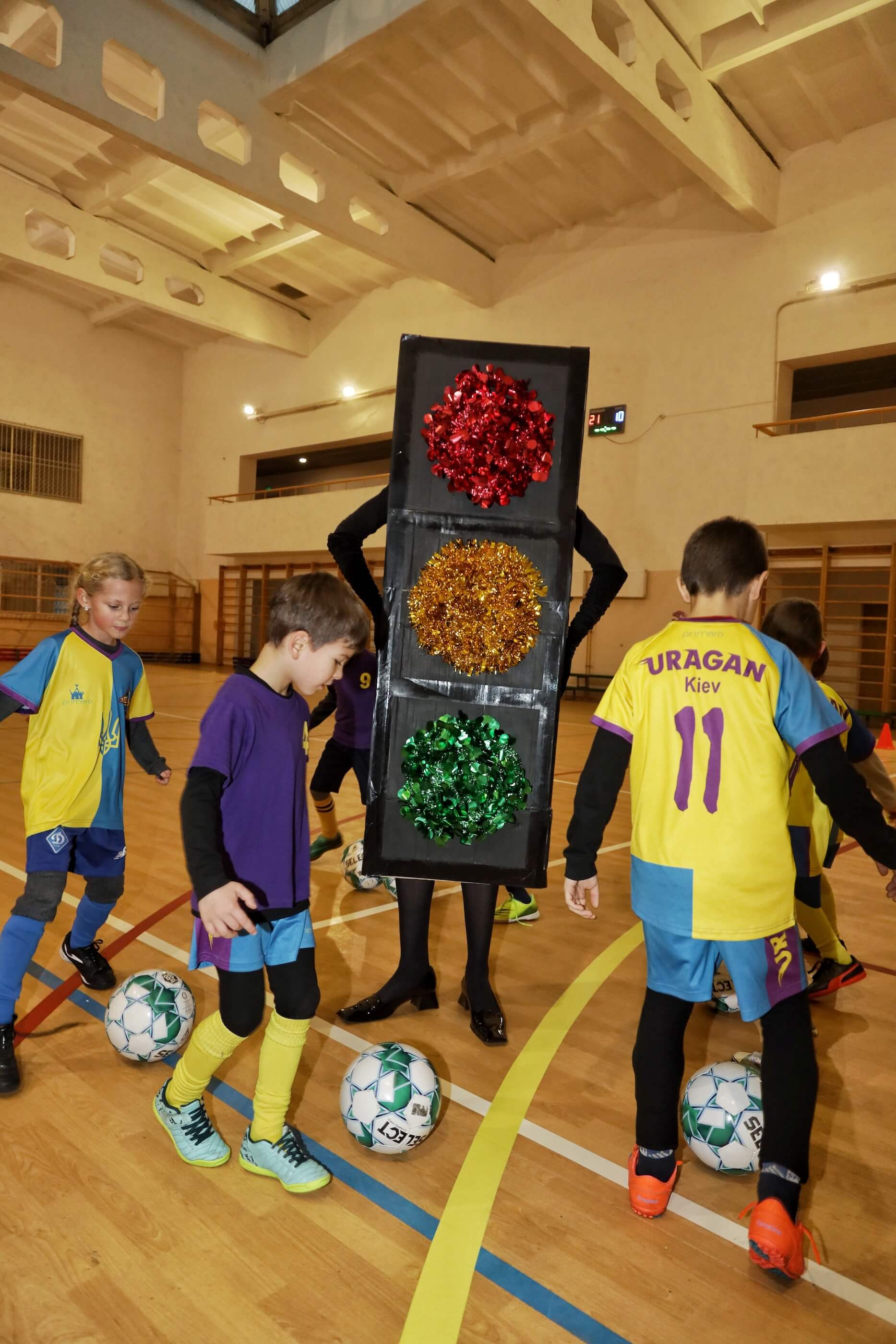
The Portuguese HoolyCamp took place in May of this year in a village near Ericeira. Seven Ukrainians from different countries – France, Austria, the Netherlands, other cities in Portugal, and even from Ukraine – came to the camp. The theme of the camp was masks, and participants had seven days to create them. I showed them how to make masks using materials such as clay, wire, or papier-mâché. But it seems they would have managed without my advice. Throughout the week, we would go to the beach – sometimes even at 7 in the morning – to capture the soft morning light. And sometimes we would return as late as 11 in the evening. Local residents would occasionally stop and observe what we were doing.
To participate in HoolyCamp, it is not necessary to be a photographer; the main thing is the desire to create. For example, one participant, the owner of a clothing brand in Kharkiv, has two children and a lot of work. The camp is a place for her to relax. She came up with the idea of capturing photos of Ukrainians who found themselves on the edge of the world. She found a location, props, a model, and arranged for someone to assist her with the camera and photo editing. And she created a wonderful conceptual shot.
On the last day of the camp, we usually gather, output our works to the projector, and discuss them – comparing expectations with results, giving advice, and sharing what was missing. Seeing how people become more open and daring after a few days of pure creativity, I realize that this project was not in vain.
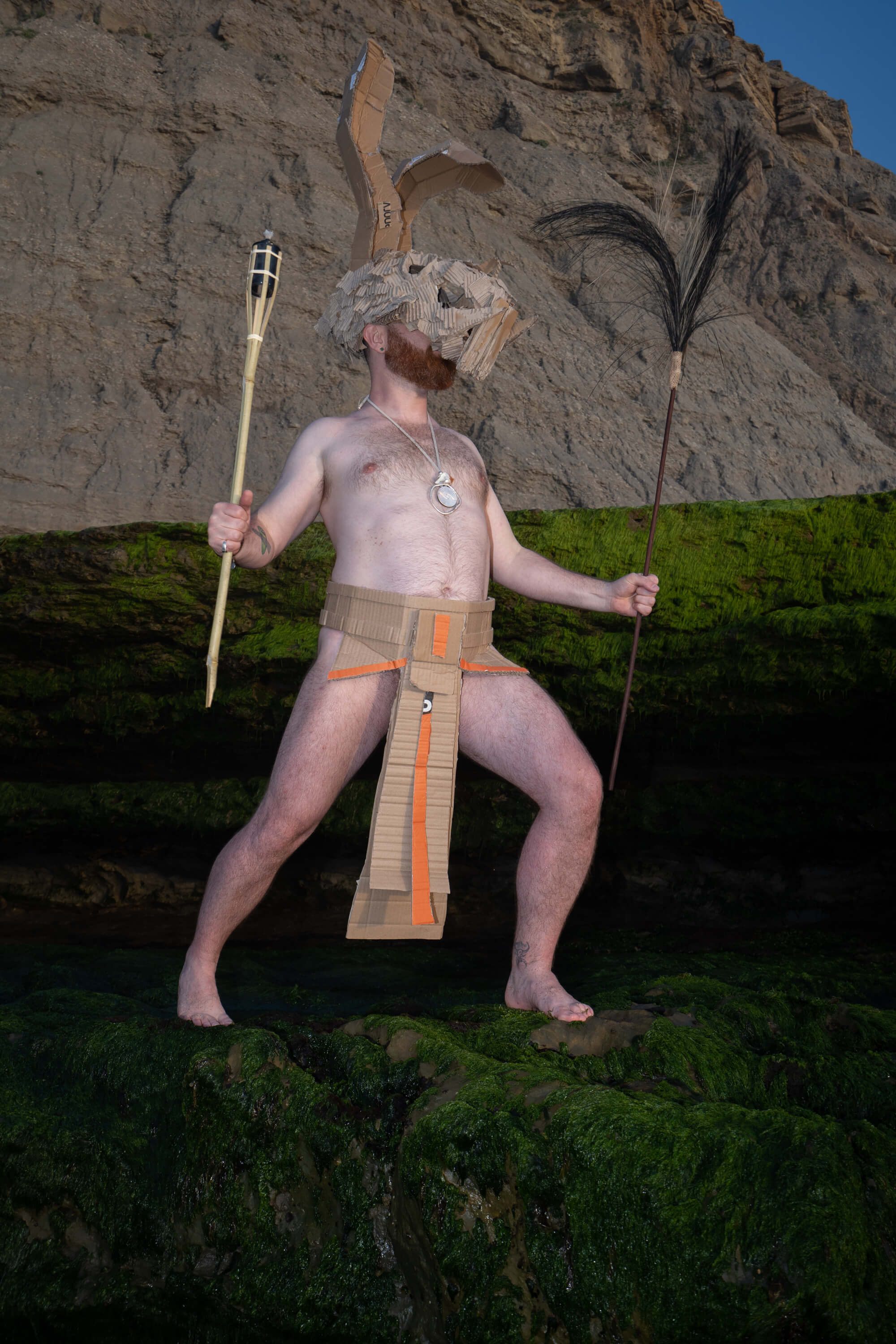
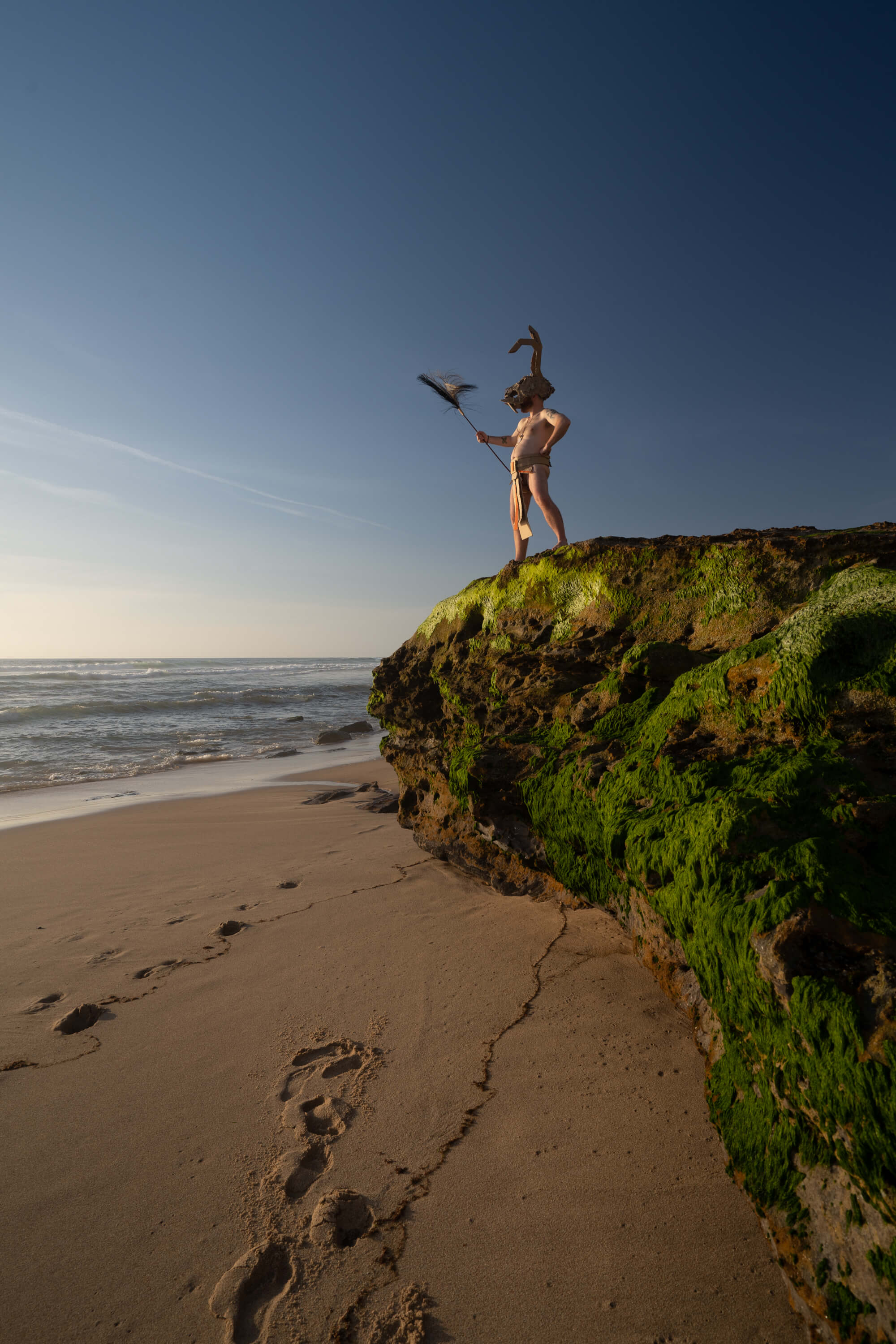
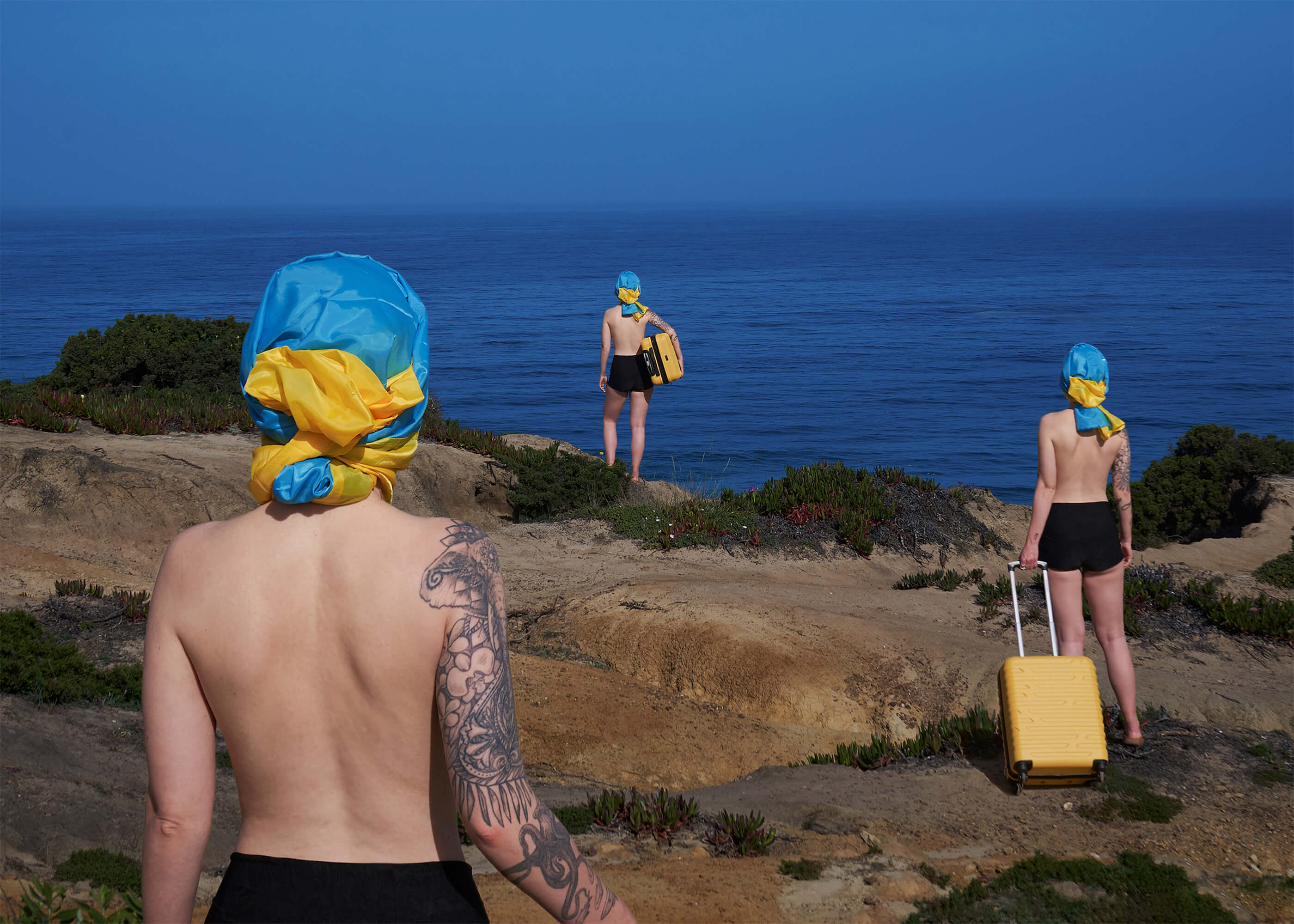
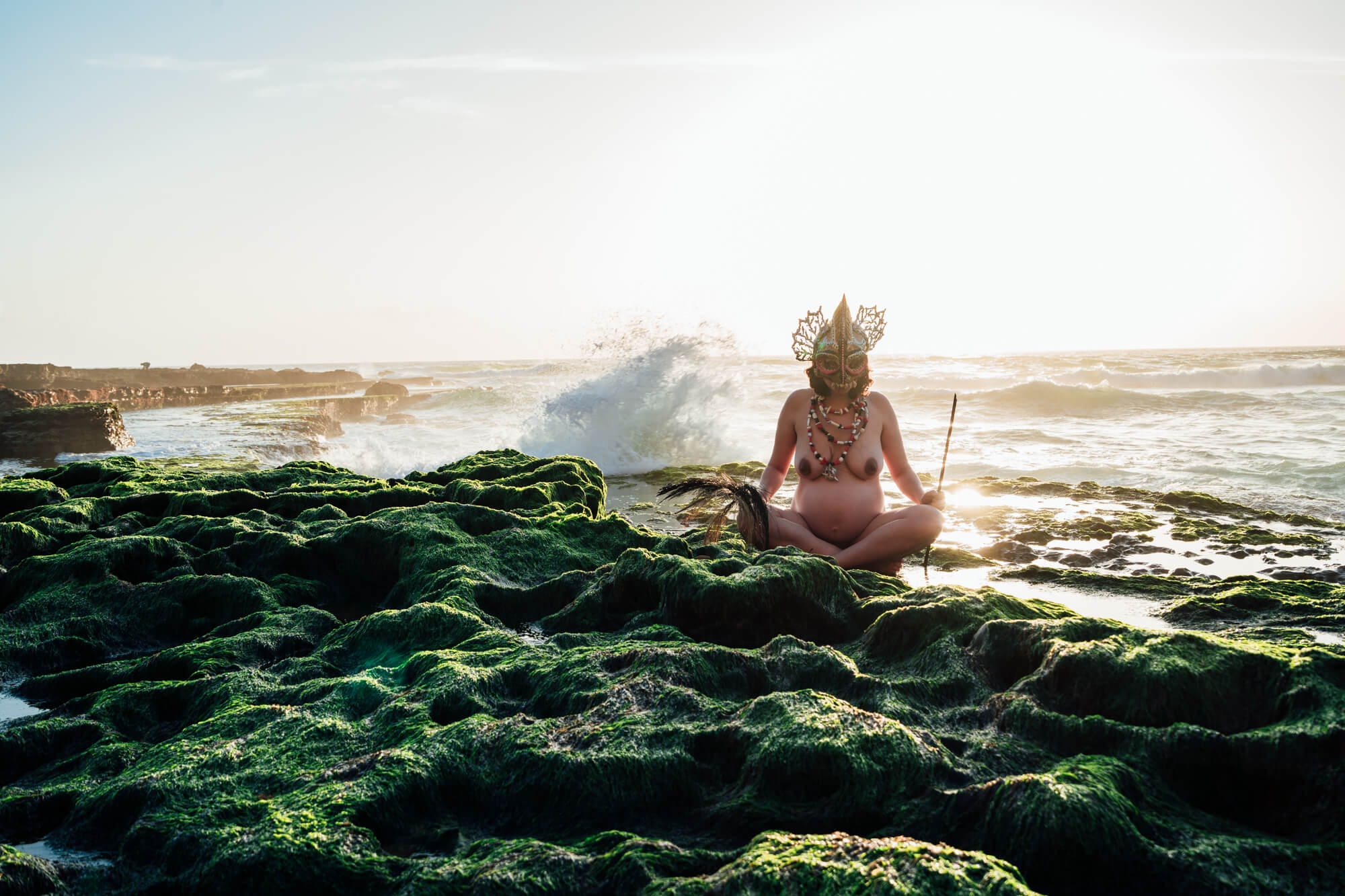
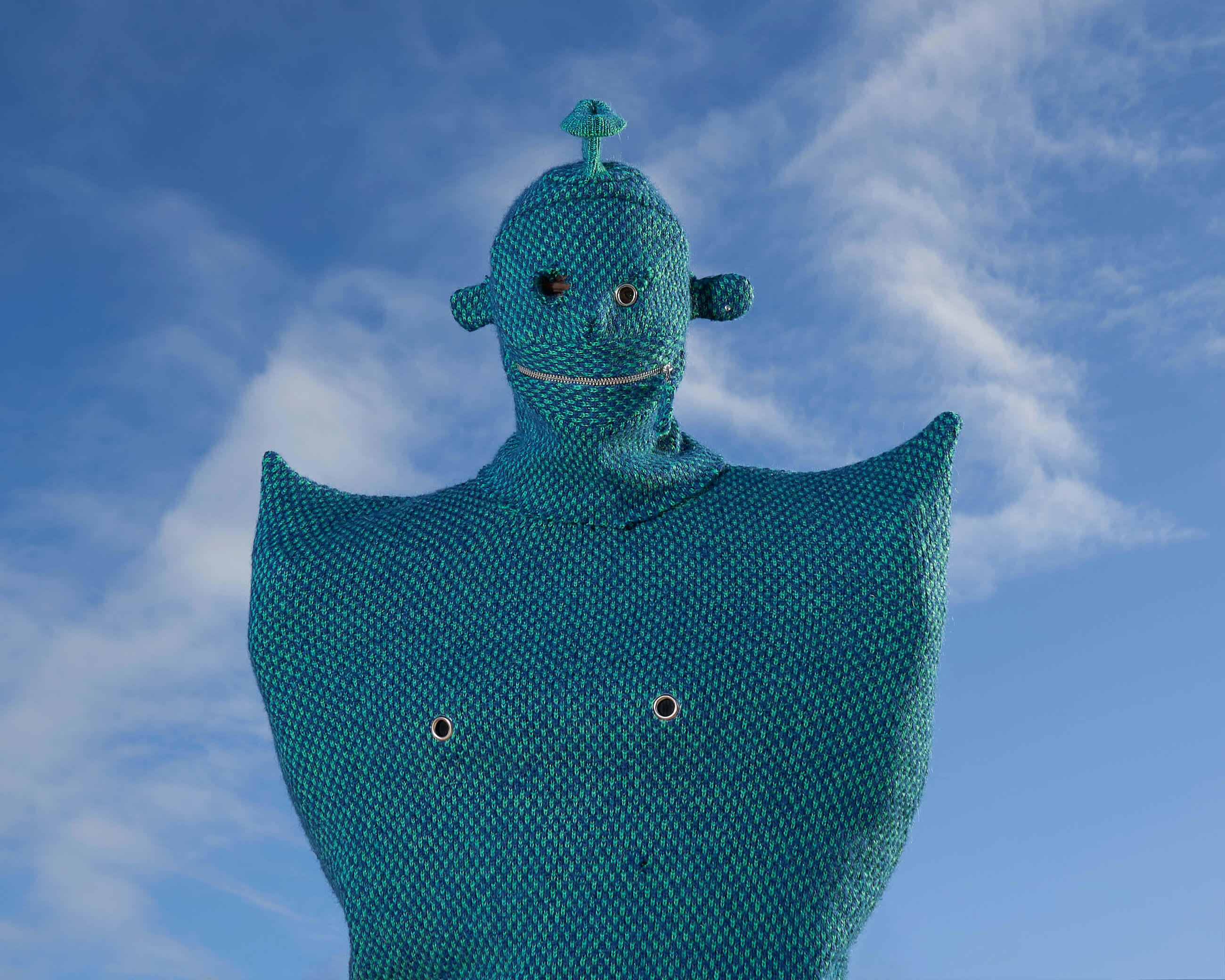
Photo: Tanya Spasi Sohrani
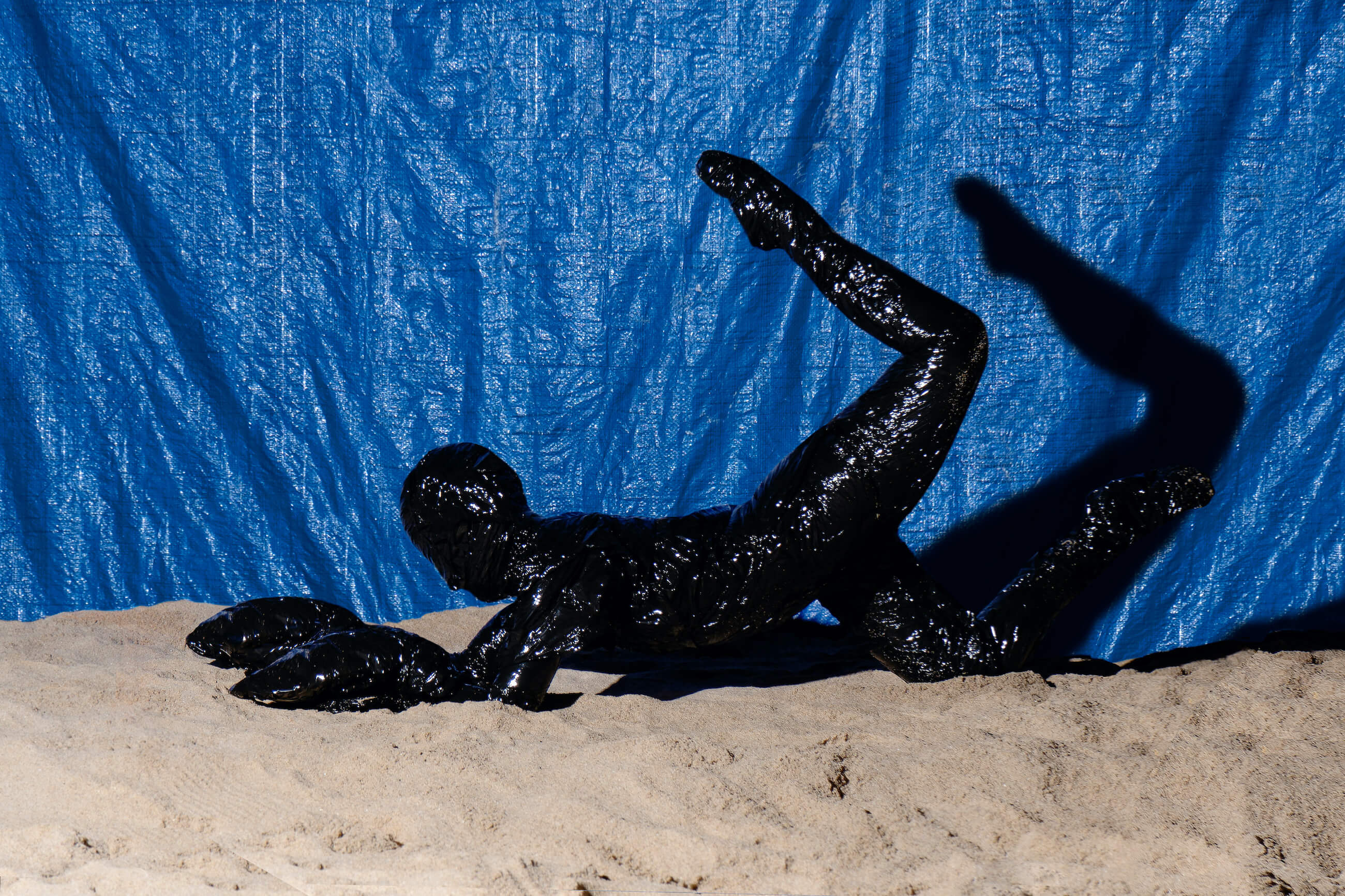
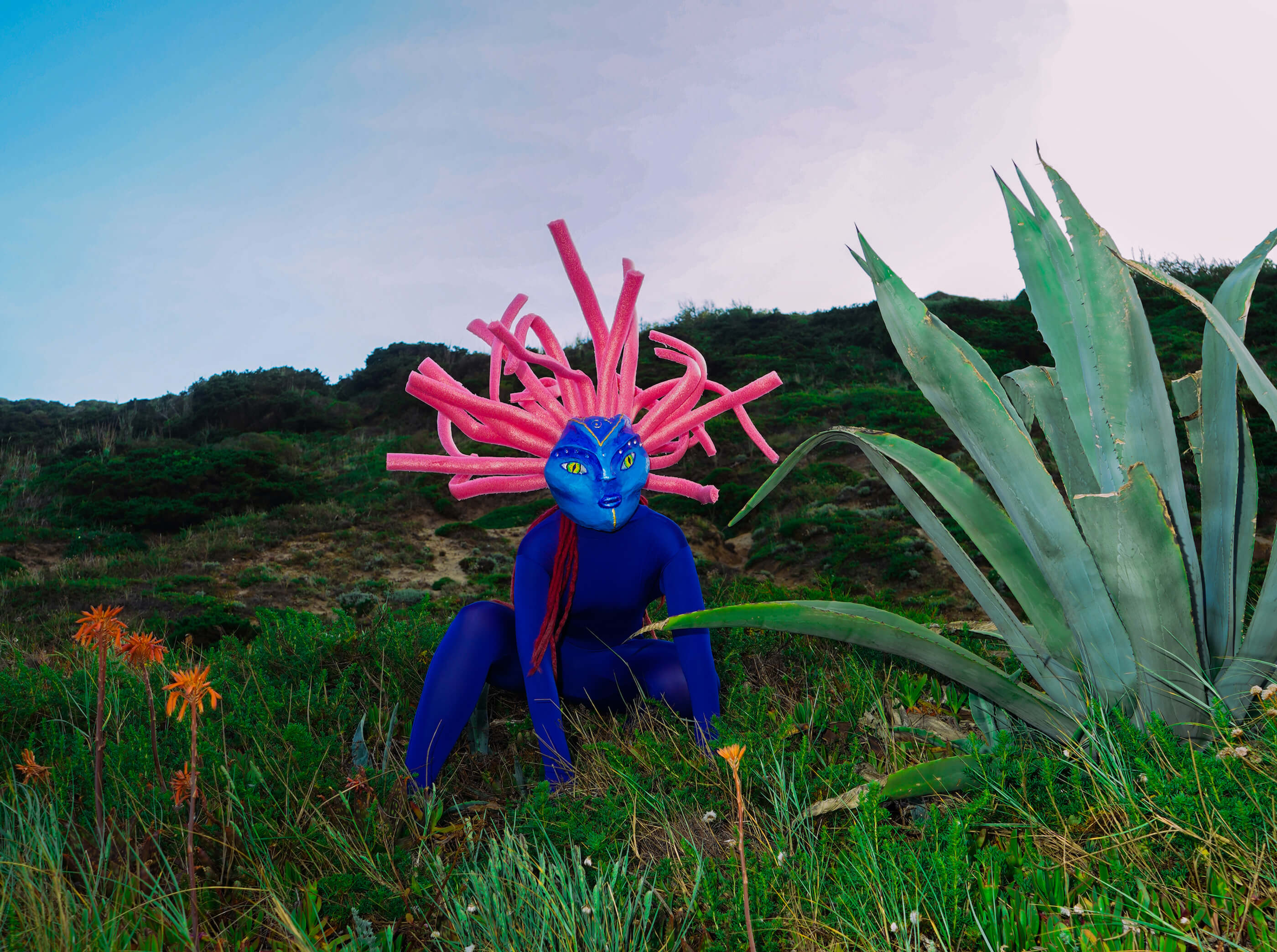
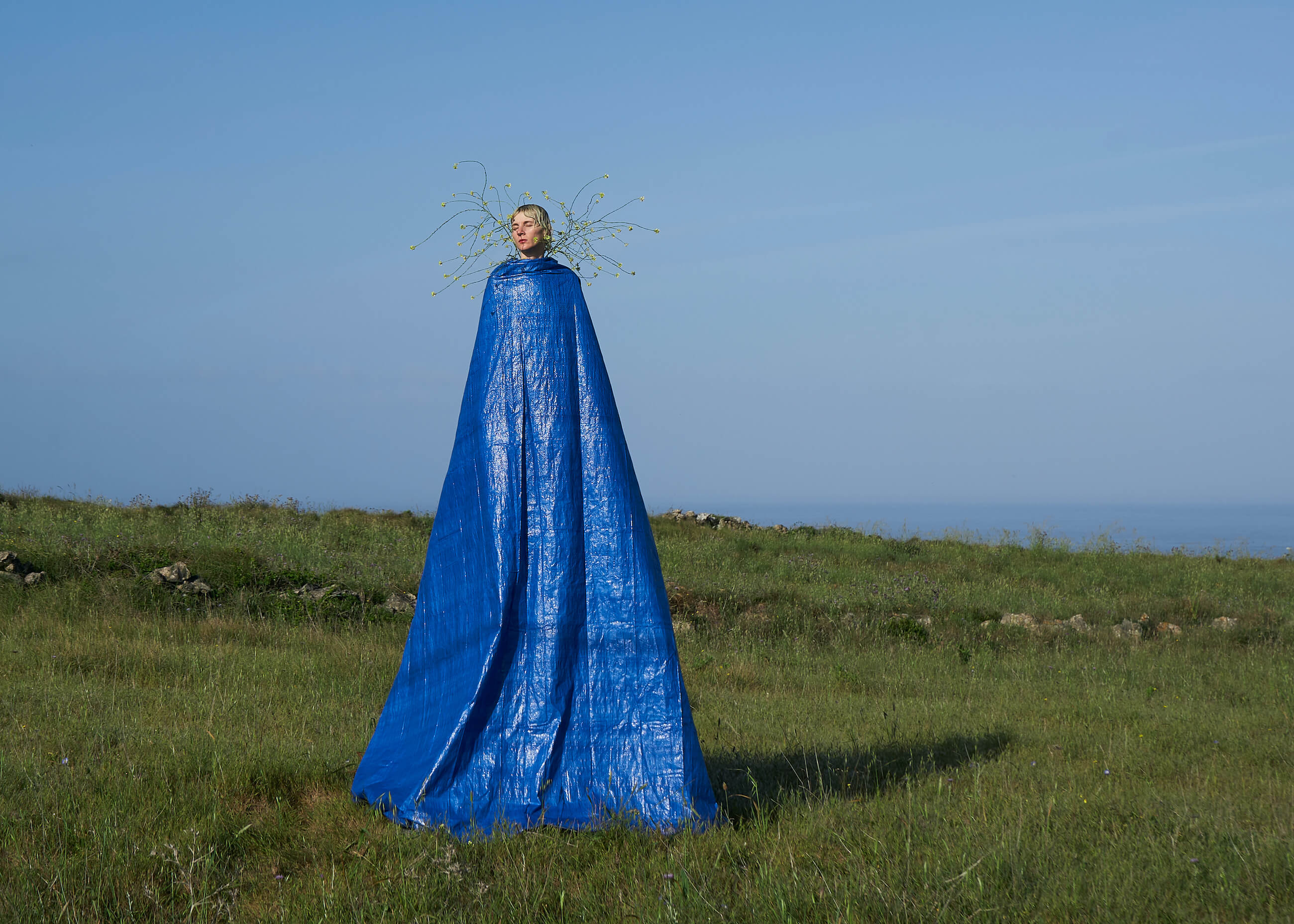
Photo: Tanya Spasi Sohrani
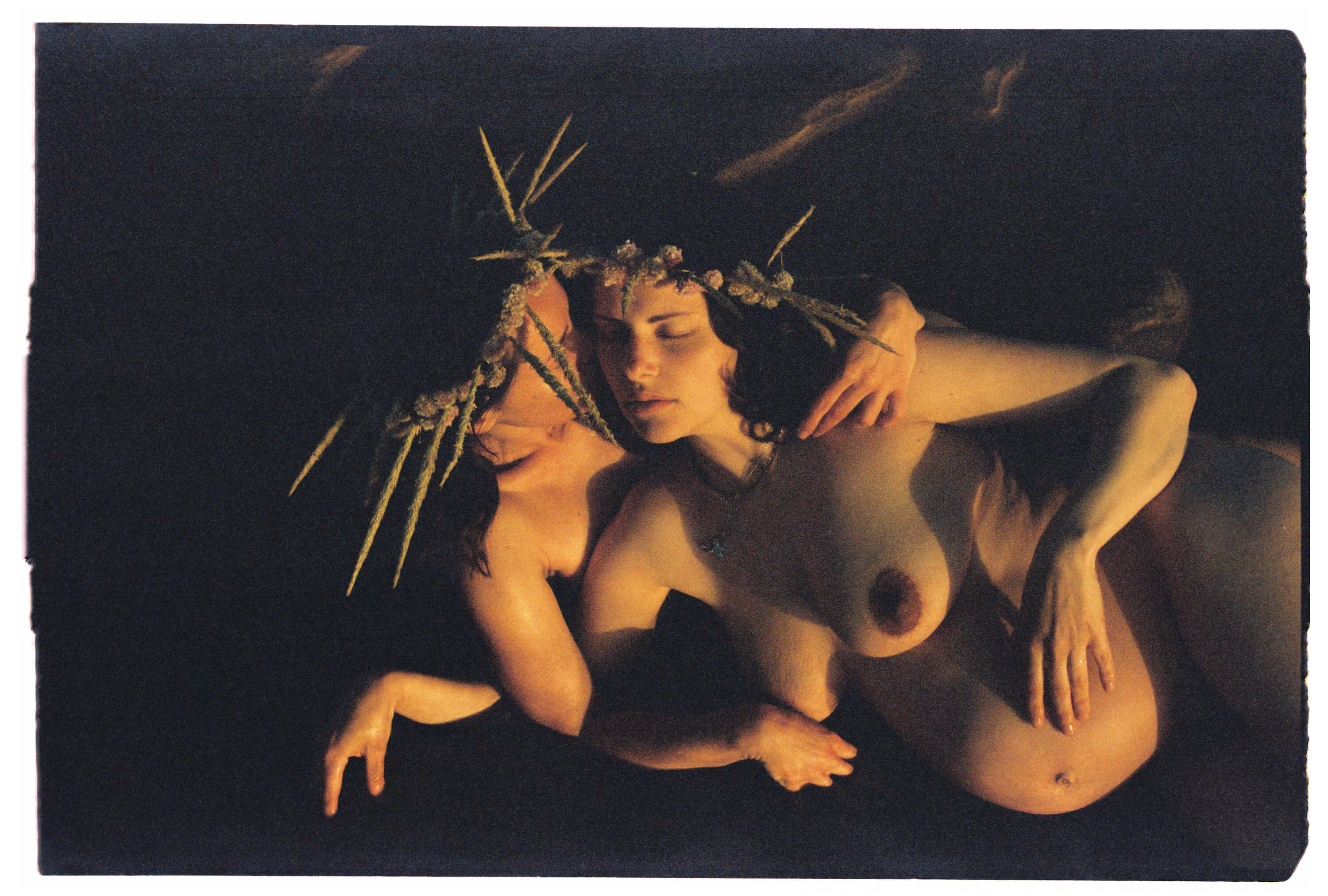
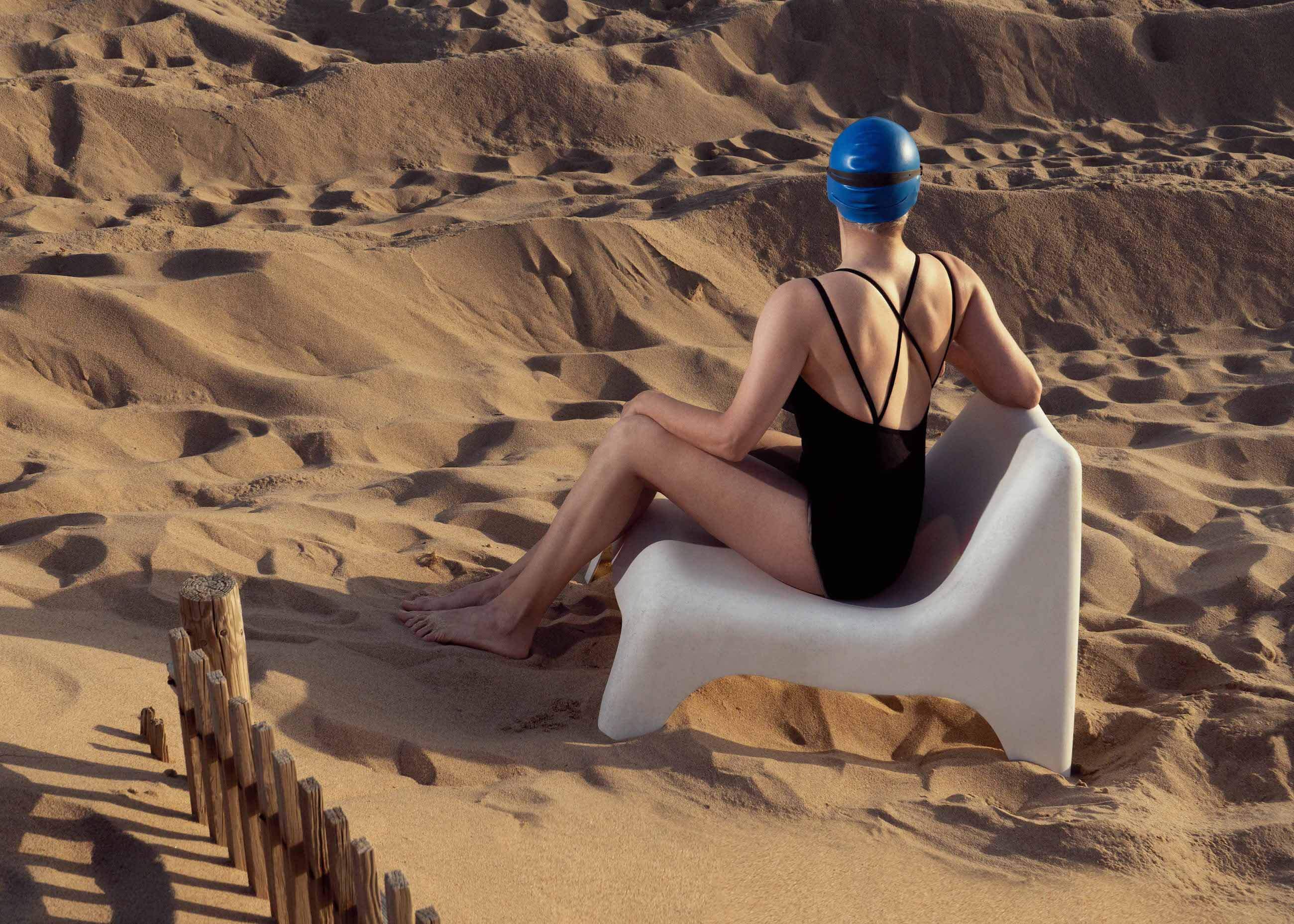
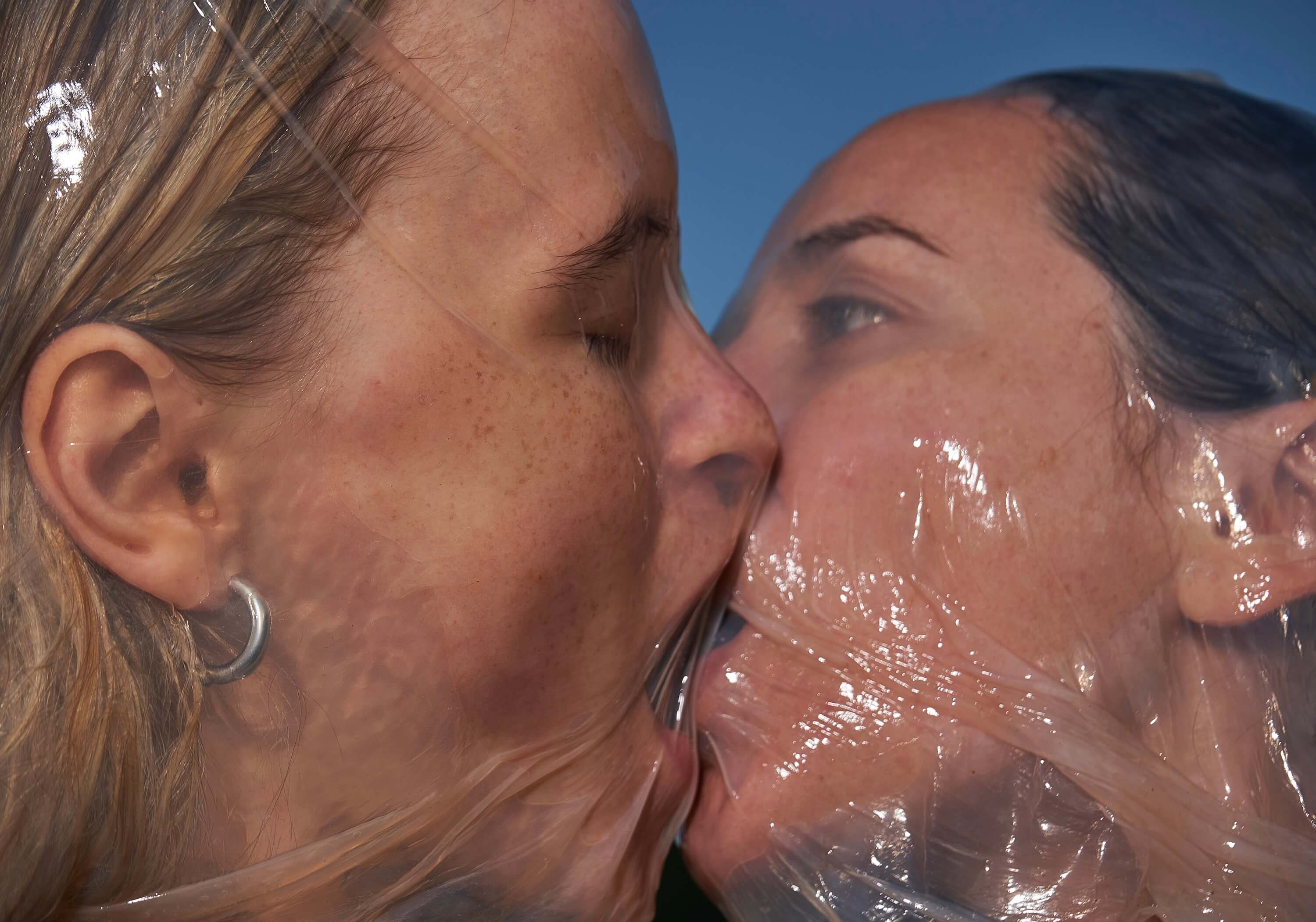
Photo: Tanya Spasi Sohrani
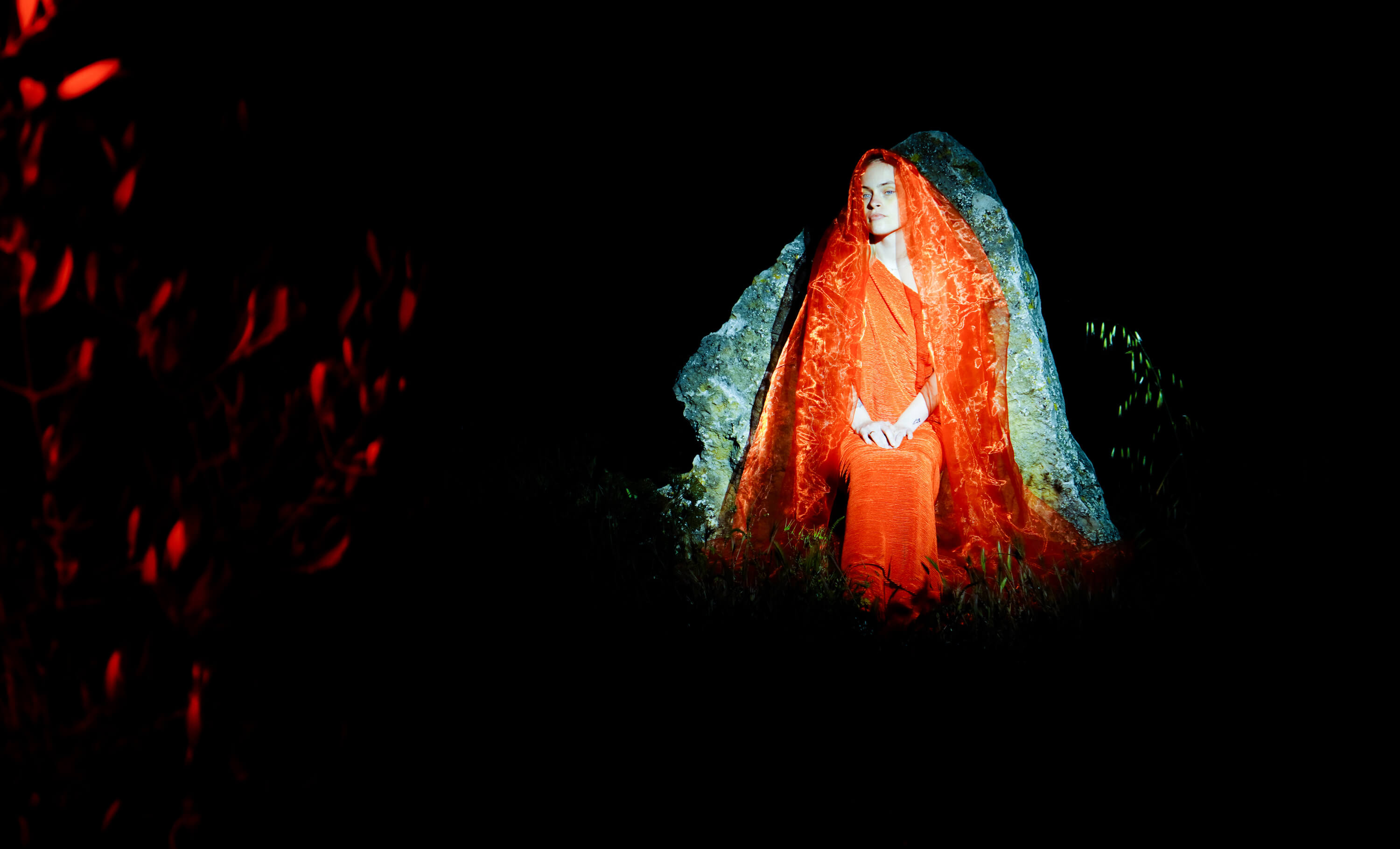
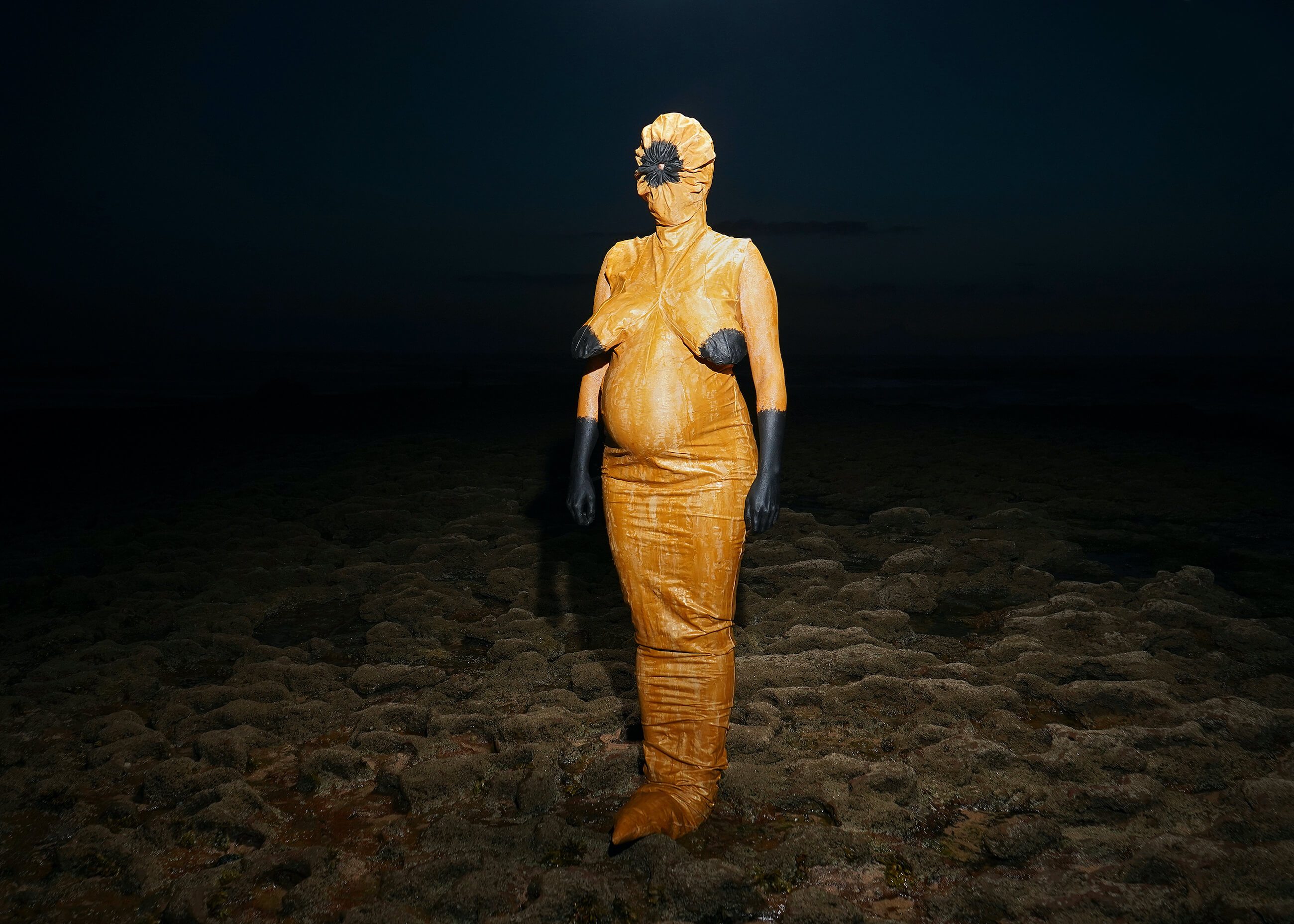
Photo: Tanya Spasi Sohrani
All photos were taken by HoolyCamp participants unless otherwise stated.
New and best




